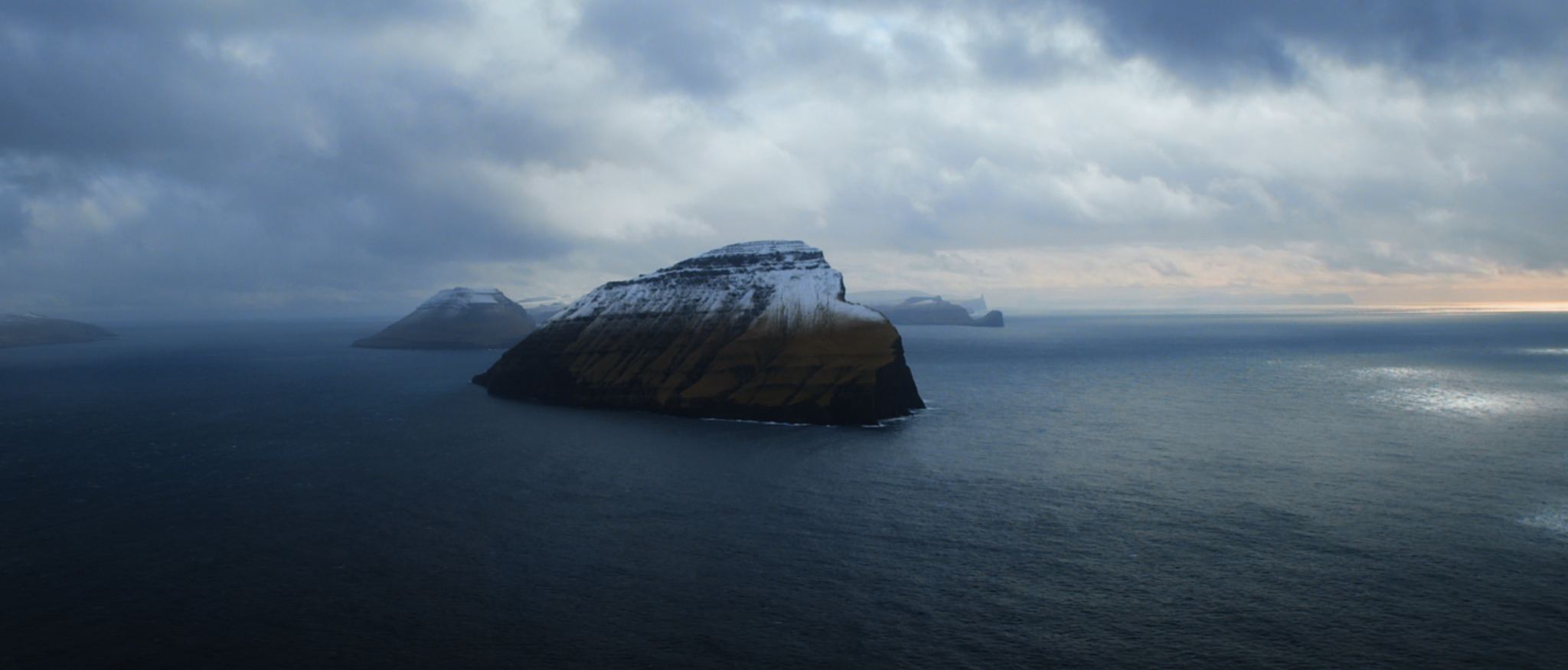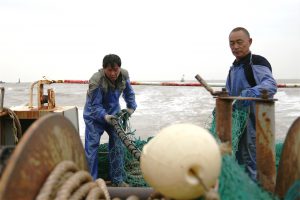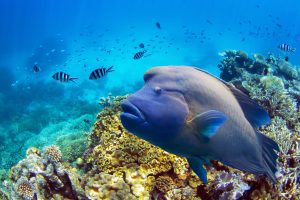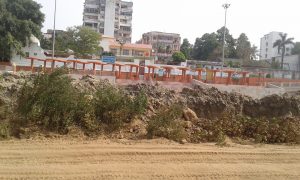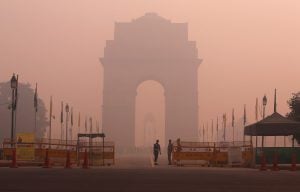The Faroe Islands lie in the north Atlantic between Iceland and Scotland.
People on this remote archipelago have always relied on the ocean for their livelihood and still practice the controversial tradition of whale hunting.
This has attracted the ire of animal rights activists, while the Faroese argue that eating whale is an important part of their cultural identity.
A new documentary film The Islands and the Whales by Scottish director Mike Day, released in March, paints a more complex, nuanced picture of life on the islands. What emerges is a far broader, harrowing tale of a small community living on the sharp edge of the global effects of pollution and climate change.
The film follows one protagonist, Pál Weihe, a professor and director of public health, in his struggle to stop the Faroese eating whale after discovering that the meat and blubber contains dangerously high levels of mercury and other chemicals from pollution in the ocean, making it toxic for human consumption.
His study on pregnant women and their children – done over a period of thirty years – showed the dangerous impact of mercury and other pollutants on brain development and on the immune system of unborn babies and children. He also founds links with raised levels of Parkinson’s disease.
Mercury in the ocean is increasing from the burning of coal and other fossil fuels. Toxic chemicals released into the air through combustion then enter the ocean as rain. Pilot whales contain particularly high levels, as they sit at the end of the food chain. This is because mercury is a persistent substance that builds up in living organisms, is ingested by fish and passed up the food chain.
This is not an easy message to get over to the Faroese, who have survived on whale meat for hundreds of years. The act of hunting and eating whale is not only to supply food but also an important part of community life.
The film also tells a story of ecological decline and global ocean pollution seeping into this pristine landscape, as seabird populations collapse and food chains are disrupted.
Day filmed over a period of four years, capturing astonishing moments: the communal gannet hunt, with twelve men dangling one man on a rope over a cliff edge; hundreds of men waist deep in blood bludgeoning whales to death in a rocky cove; and sailors nonchalantly scooping seabirds from the tops of waves.
This is a beautifully shot and harrowing film with a universal message about the insidious chemical pollution all around us.
The Islands and the Whales trailer from Intrepid Cinema on Vimeo.
Beth Walker (BW): How did this all start?
Mike Day (MD): I was living in a boat making my first film in the Isle of Lewis. We’d been sailing to a rock that was 40 miles out of the Atlantic sea, where ten men from Scotland were about to hunt seabirds for meat. When we were in Stornoway we met Faroese sailors who wondered what the hell we were doing out there. They invited us to film them hunting. But it quickly developed into much more than that. It was a story that affected everyone.
BW: How did you gain trust with the local community?
MD: There was suspicion because there had been a lot of people going up there before with cameras and who turned out to be doing not what they said they were doing. And a lot of the coverage was from an anti-whaling perspective. Faroese people are very hospitable and when they saw the film we’d made previously they could see the film didn’t need to judge them on the actions, the audience could do that. We were presenting it.
Also most people on the island didn’t think whale hunting was going to continue much longer, and so they were keen to get it documented from a more neutral perspective. And being a sailor really helped because they related to the trials and tribulations we went through making that film.

MD: What technical challenges did you face making this film?
We killed a few cameras. We actually filmed for 38 hours that day going down the cliff to film the gannet hunt. No foreigner had been allowed to go down that cliff before and that was an honour. We thought we were going down for one hour and we ended up going down for nine hours on a little ledge. It was so damp the camera started giving me electric shocks.
We were pretty delirious after 38 hours of filming and then we got the call saying the whale hunt was going to happen. After four months of waiting everything happened at once. We had to rally across the archipelago and get there before the whales did. It was logistically very challenging.
BW: Did views of the local whaling tradition change over the period of making the film?
MD: The filming lasted 53 weeks spread over four years with postproduction afterwards. They [The Faroese] are always trying to improve the technique to make it as quick and efficient as possible. This doesn’t comfort whale activists because it still results in a dead whale. The efficiency of the killing actually happened because activists went there and the hunt back then was much crueller. They stabbed whales with spears when they swam in. There’s a saying in Faroese that the sharpest eye is that of the outsider. And this is true in this case because the outside view made them revisit their practice.
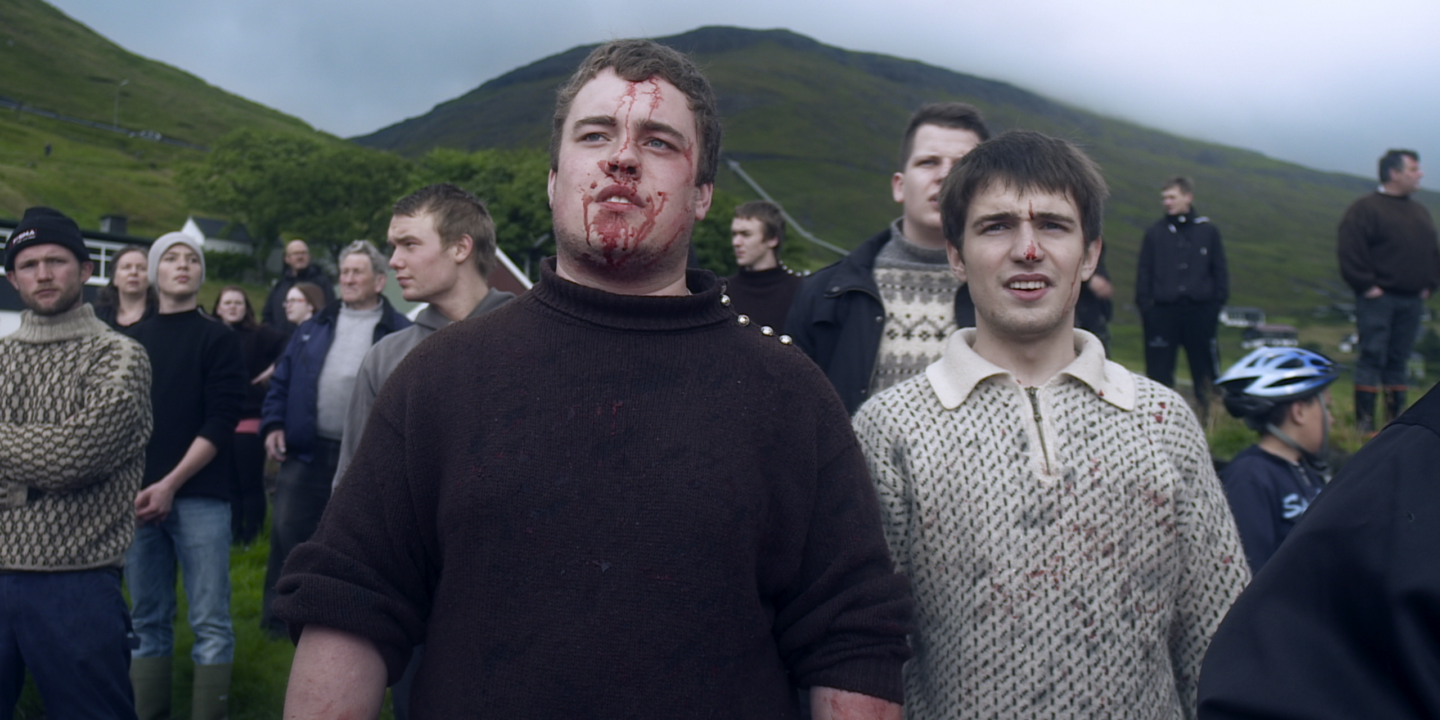
BW: What about attitudes to eating whale – it’s brutal, but clearly has a huge importance as a traditional food and bringing community together?
MD: Whale meat consumption is going down rapidly. And at some point they need to check the amount killed versus the amount eaten. But the doctor’s study shows a dramatic drop in the mercury levels in mothers’ blood. Consumption has obviously gone down dramatically since the findings that the meat is toxic but people might not have stopped completely.
BW: The other big part of the story is about the state of the ocean – the mercury accumulating in the whales, the collapse of the food chain hitting the bird life. Were you shocked by what you found?
MD: Now there’s a lot more publicity about plastic in the sea and pollution, but when we started making the film in 2011 coverage wasn’t as [big]. One of the things that was quite unique about this story was that you could talk about the physical realities of the effect man was having on nature, and these weren’t dismissible theories that climate change deniers could throw away.
The mercury was in the whales and the plastic in the birds. It was shocking to go to a place and find babies being born with 40 times the safe mercury because their mother had eaten whale when she was pregnant. That’s grimly disturbing and audiences must take heed to the fact that they might not eat whale but swordfish, tuna all kinds of seafood that we do eat is high in the same thing.
They are feeling the effects first on the frontline but it’s coming for us too, all that was quite shocking. Then there is the study that proved there are permanent cognitive effects if you’re exposed [to mercury] at a young age, and the long-term low dose exposure risks that we all have from modern chemicals. These chemicals don’t get tested before they’re put in the atmosphere because companies would rather make a profit and deal with the consequences later. This is really the lesson the film should give.
BW: What do you hope the impact of the film will be and upon whom?
MD: I hope it pulls a few heads up out of the sand. I think it’s horrible that the government hasn’t banned a lot of these single use cutlery and plastics bags. I hope it does kick people into the growing reality of not taking action.
BW: The Islanders are not responsible for the pollution they suffer from but there is a growing population exerting more pressure on resources. Is this story also a microcosm of wider unsustainability in the world?
MD: If the population keeps increasing as it has then nothing is sustainable. But they are ironically eating a sustainable local food source, although lots of people hate what they’re doing. I also don’t paint them as angels; they are part of the modern world as much as any of us. They have oil-based plastics and drive cars and burn oil for their power source, although they are moving increasingly towards renewables. I made the film because it was such as microcosm of how we deal with these realities.
BW: What’s the next story you want to tell?
MD: I spent the last year filming cowboy poets at the national poetry gathering in Nevada, people who despite the fact they spend all working hours on horseback moving cows about still have the urge to write poetry and share it with people. It’s a microcosm for exploring the juncture that America is at the moment.
